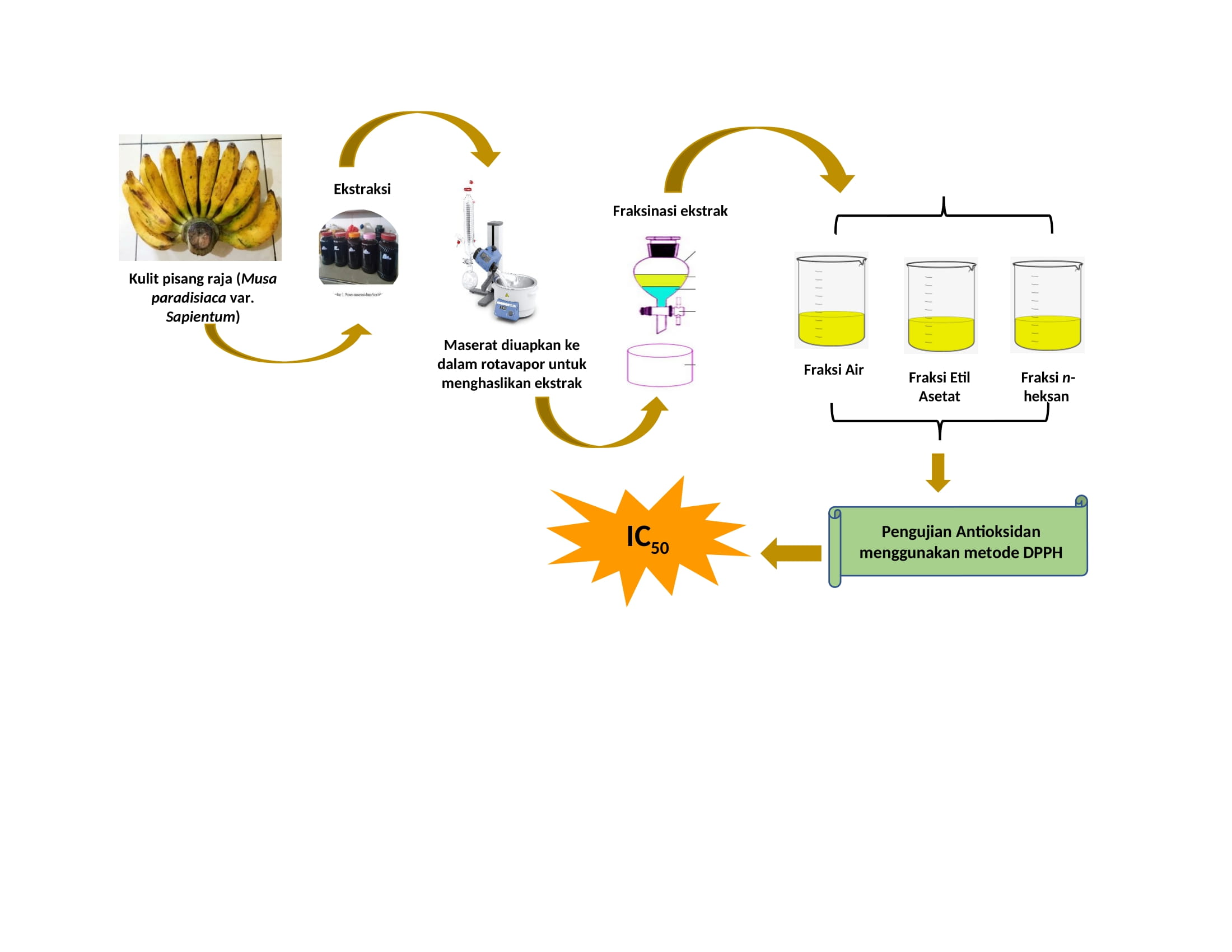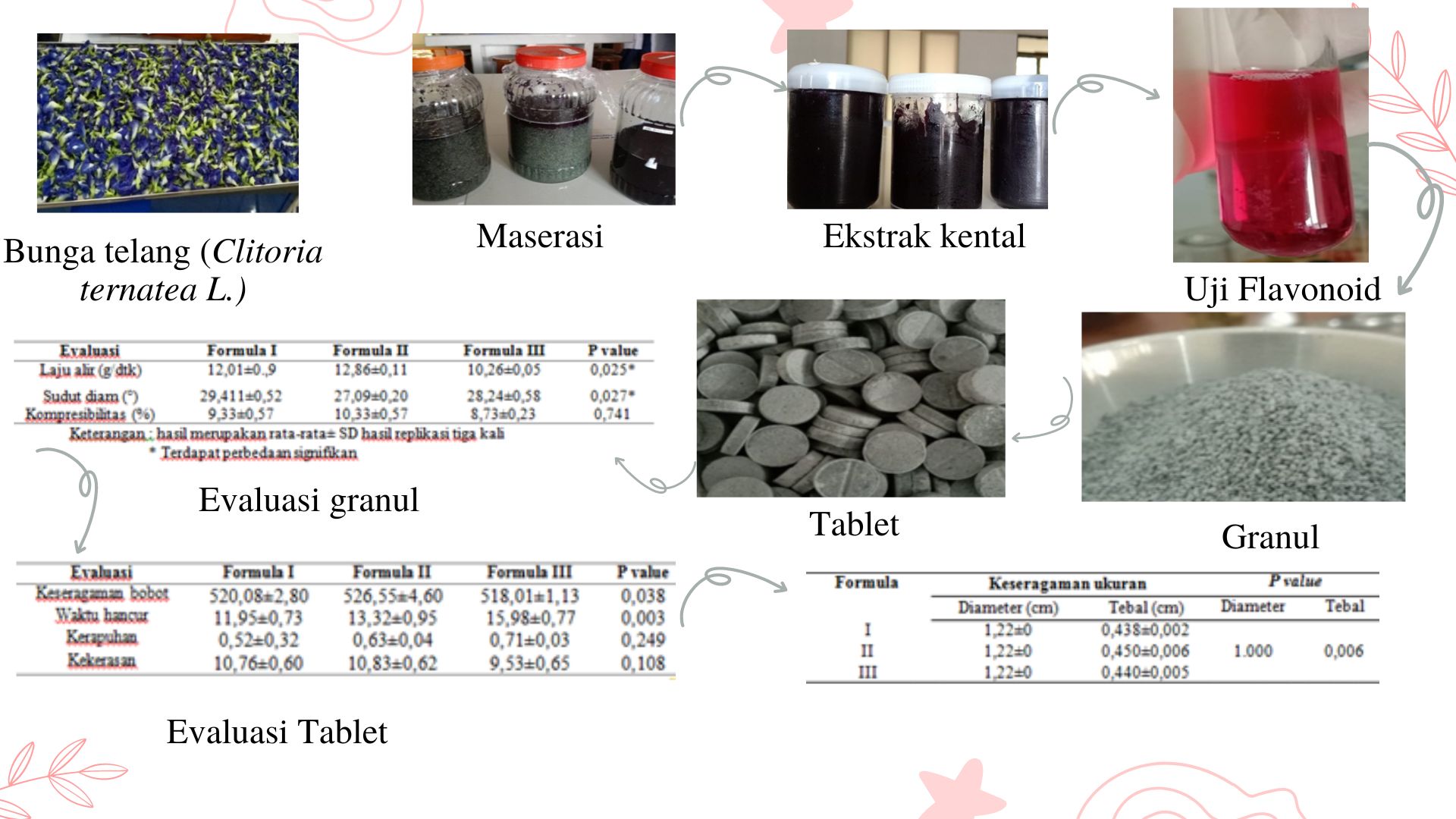Acute Toxicity Determination and Compound Changing with Chemometric Procedures from Komba-Komba Leaf (Chromolaena odorata L.)

Downloads
The employing of komba-komba leaves (Chromolaena odorata L.), a medicinal plant that can prevent and treat many ailments, is one example of the expanding use of traditional medicine in the health field. To increase their use as traditional medicine, Komba-komba leaves must have complete information about their safety due to the abundance of secondary metabolite substances they contain. The goal of this work was to classify the extract components and fractions of komba-komba leaves using FTIR spectra and a PCA chemometric technique, as well as to estimate the hazardous potential of komba-komba leaves, total flavonoid and phenolic levels from komba-komba leaves. The BSLT (Brine Shrimp Lethality Test) method was used for acute toxicity testing. The toxicity test results revealed that the LC50 values of the komba-komba leaves (Chromolaena odorata L.) n-hexane fraction, ethyl acetate fraction, and insoluble ethyl acetate fraction had LC50 values 1000 ppm, indicating that the extract and n-hexane fractions were poisonous. The total flavonoid concentration was determined to be 243.4 mgEQ/g in the methanol extract, 380.1 in the n-hexane fraction, 512.8 in the ethyl acetate fraction, and 189 mgEQ/g in the ethyl acetate insoluble fraction. The methanol extract's total phenolic content was 146.3 mgEAG/g, whereas that of the n-hexane, ethyl acetate, and insoluble ethyl acetate fractions was 269.6, 360.9, and 109.3 mgEAG/g, respectively. From the results of the score plot, it can be seen that the PCA analysis was successful in demonstrating group differences between extracts and fractions of komba-komba leaves. Extracts and fractions of C.odorata L. leaves have moderate toxicity due to the presence of flavonoid and phenolic content, making them potential candidates for development as natural antioxidants.
Downloads
Copyright (c) 2023 Jurnal Mandala Pharmacon Indonesia

This work is licensed under a Creative Commons Attribution 4.0 International License.


















